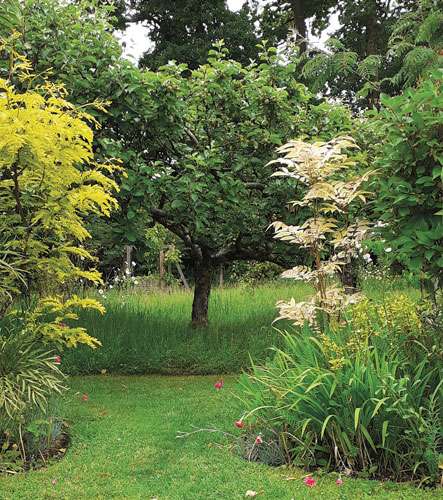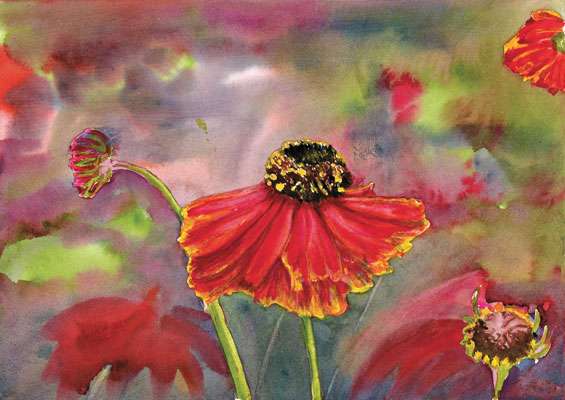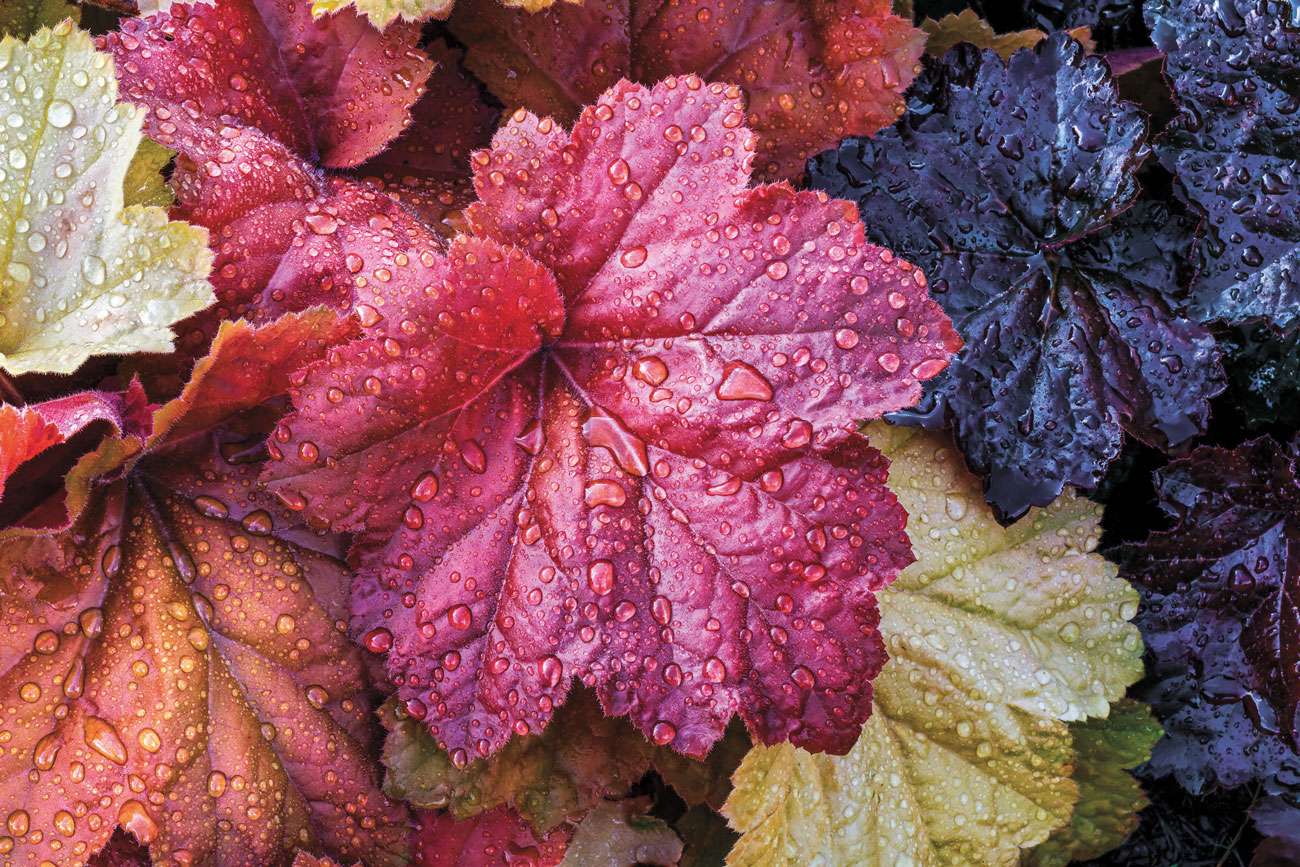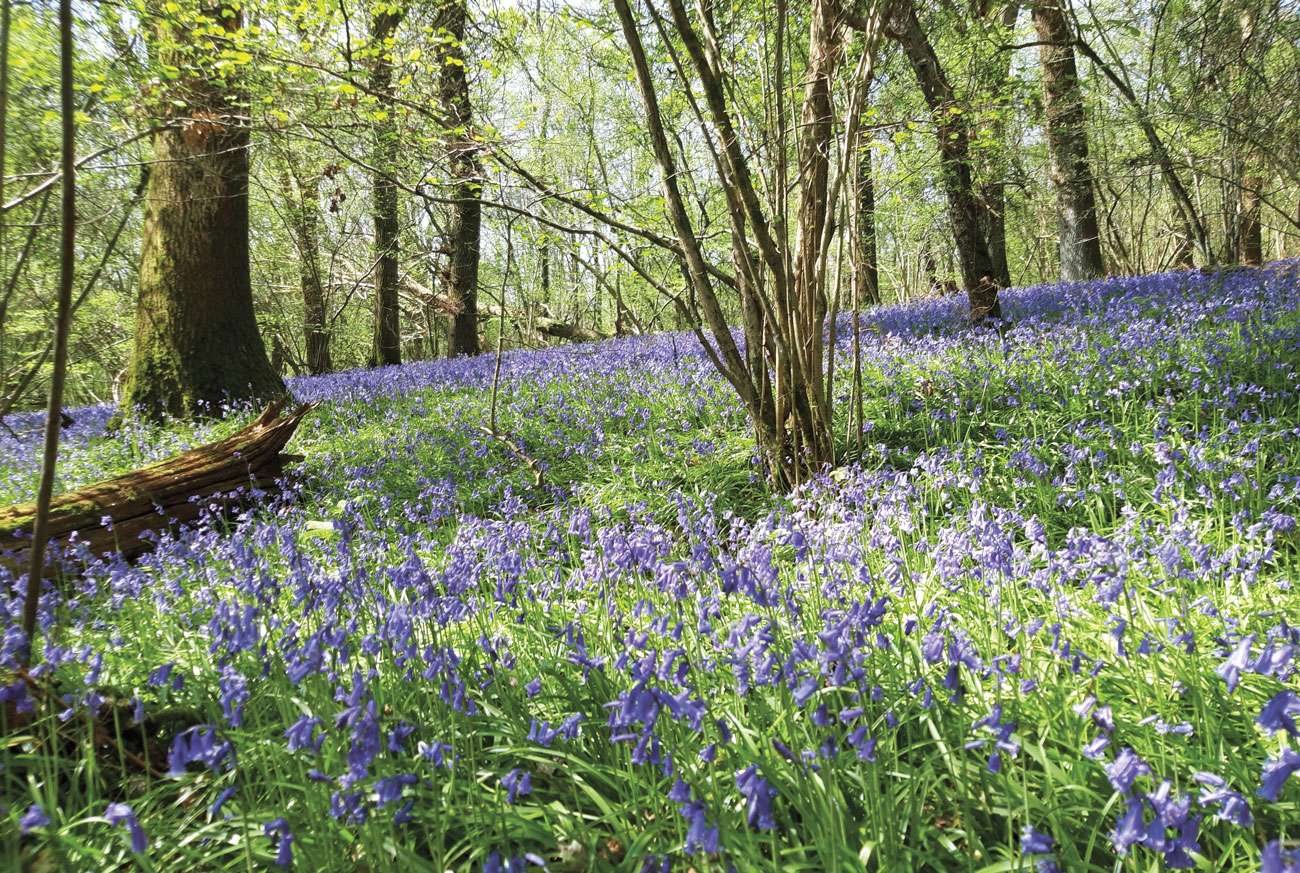
Goodness me, gardening in such dry, sunny AND windy weather is certainly becoming a challenge this year. I used to use an irrigation system, especially in the veggie beds but I am trying to reduce my usage by using rain water instead but the butts are empty! So the downpours over the Jubilee holidays were a godsend! Although nothing could dampen our celebrations and it was SO wonderful to witness all the pageantry and enjoy street parties. Cranleigh looked particularly lovely and I hope that some of you saw the wonderful flower displays in the Arts Centre that were created by the U3A Flower Arranging Group.
Show gardens at Chelsea have certainly changed during her Majesty’s reign and we were treated to a wonderful Chelsea Flower Show in May. I was delighted to see the number of gardens that were designed for normal people rather than spaces that we have no chance of creating in our own outdoor spaces. They certainly created a great deal of controversy and I think the ‘Rewilding Britain Garden’ deserved its Gold Medal. What was also interesting was that the florists had stopped using oasis foam, because it takes years to biodegrade but most of the show gardens used compost enriched with peat, which was not a very good example for the rest of us, who are battling with peat free compost!
I must admit that I have become fascinated by the hidden life of trees and how they communicate through their root systems. Monty Don has also been promoted adding mycelium rich compost for growing herbs and tomatoes. My brother has latched onto this, so he has gone foraging in the nearby woods up in Cheshire, digging up some mycelium rich soil and adding it to John Innes compost for growing ‘Sungold’ tomatoes as a trial, with others growing in peat free compost – so I will report back next month!
I know that I talk a lot about borrowed vision and playing with focal points and I like to add structural plants either side of an archway, to frame the view of the garden beyond. I have tried a number of times to plant two plants of the same variety on either sides but they never grow at the same rate! So this time as you can see I am growing the wonderful Toona Sinensis ‘Flamingo’ on the right, which has glorious pink leaves in spring, which soften to pink/green over the summer months (I have a wonderful story about my purchase of this tree!). This is paired with Gleditsia triancanthos on the left, with its’ striking lime green leaves – who needs flowers when leaves come in such an amazing range of greens!

Powdery mildew and aphids seem to be invading the plants in my greenhouse and in the garden early this year because of the warm, dry conditions. Delphiniums, dahlias and tomato plants have been particularly affected already. I usually grow Tagetes (marigolds) in the pots with the tomatoes but I had forgotten – since I popped some in the aphids seem to have vanished – yippee! Mildew is harder to get rid of but here is the recipe for a home-made spray, as most of the available fungal treatments work best as preventative treatments:
1 gallon water
3 tbs baking powder
1 tbs vegetable oil
2 drops washing up liquid
Mix all the ingredients together in a small sprayer and spray on the plants that may be affected by mildew once a week, continuing to agitate the mixture as you spray. The liquid should start to run off the leaves, to ensure you have enough coverage. I shall have a go!
Do keep deadheading and feeding the roses, so that they continue to bloom throughout July and perhaps you can visit Titsey Place Gardens near Oxted, which has Historic landscaping and a lovely rose garden. It is open on Sunday 17 July.
So, enjoy the fruits of your endeavours and relax in the peace and tranquillity of your garden however big or small.











